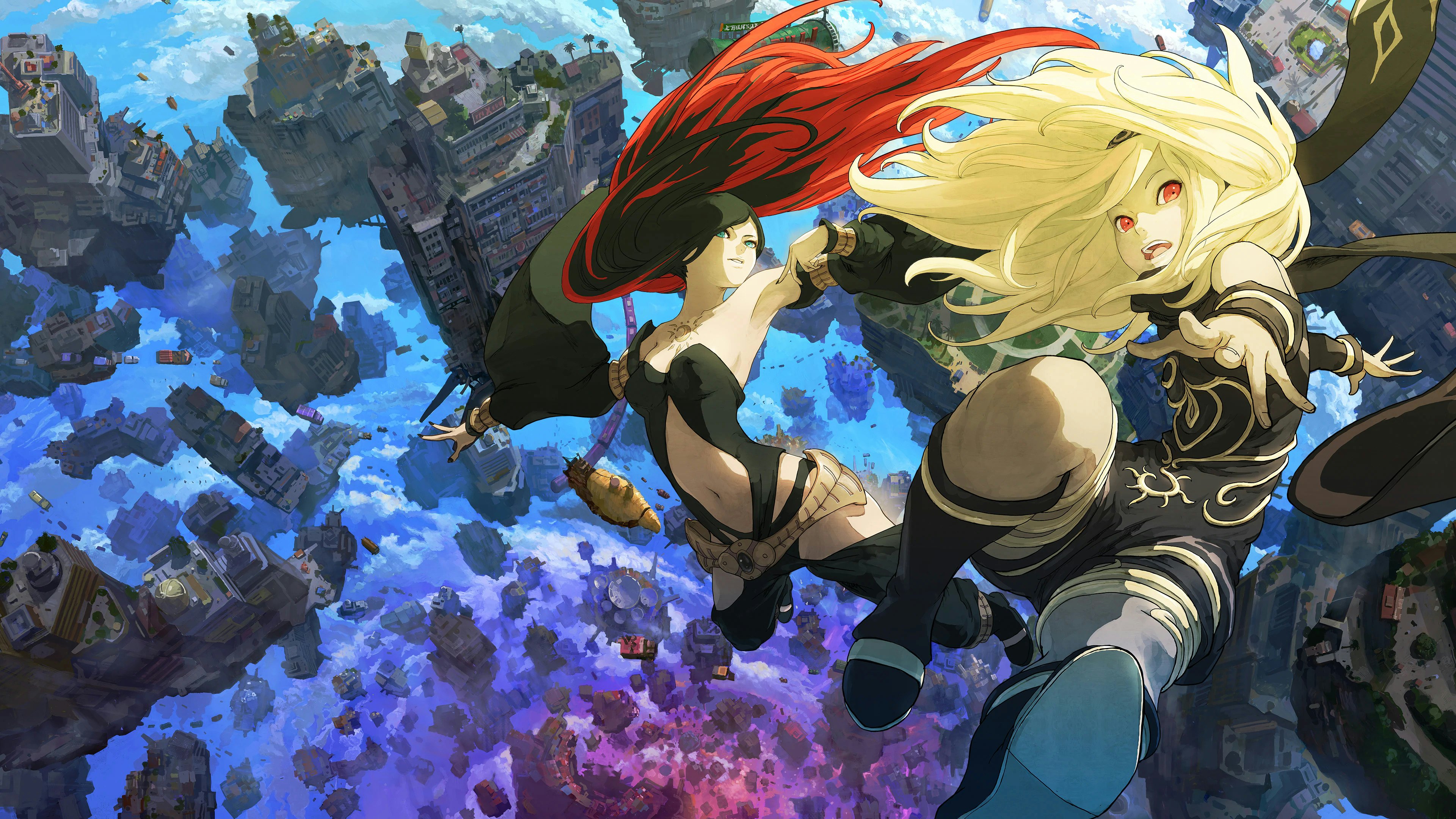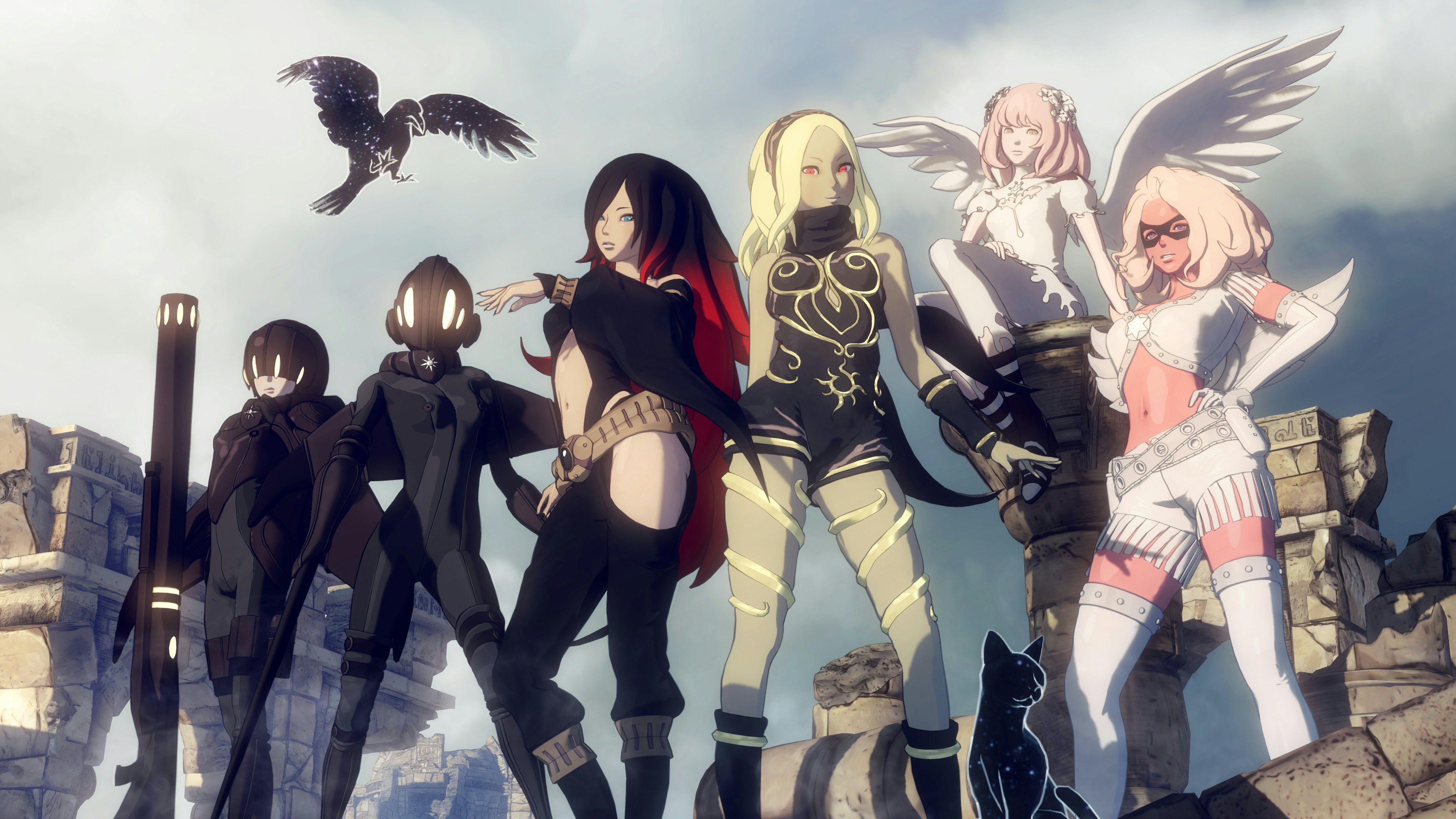
The creator of Silent Hill is hard at work on the upcoming horror game Slitterhead, and in an interview about the game, he just dropped a heartbreaking detail about the closure of one of the most influential game studios ever. Keiichiro Toyama left Japan Studio not long before it shut its doors, and as it turns out, that was motivated by a push toward bigger games from Sony that may have sealed the entire studio’s fate.
“With Sony, there was an increasing motive to make more highly budgeted games, and it wanted to go that way with the Japan Studio brand,” Toyama recently told VGC.

Japan Studio shut down in April 2021 after nearly 30 years in operation, having created or assisted with development on beloved games including PaRappa the Rapper, Ape Escape, Dark Cloud, Ico, and Bloodborne. At the time of its closure, Sony only said the decision was motivated by “an effort to further strengthen business operations.” Some members of Japan Studio joined Astrobot developer Team Asobi, while others followed Toyama to Bokeh, a studio he co-founded the previous year.
Toyama joined Japan Studio after creating the first Silent Hill in 1999. While there, he worked on the horror series Siren and indie darling Gravity Rush.
You might notice two facts about the Japan Studio games listed here — they’re all absolute bangers, and none of them are bank-breaking blockbuster games on the level of Sony’s The Last of Us or Ragnarok. While the studio’s output also includes plenty of forgettable titles and outright clunkers like Knack, Japan Studio is easily one of the most influential developers of the 21st century, especially for the Team Ico games, Ico, Shadow of the Colossus, and The Last Guardian. And yet Sony wanted more.

It’s important to keep in mind that Toyama’s comments are his perspective alone, but they do match up with what we’ve seen from Sony in recent years. Sony has always had something of a rocky relationship with independent and small-budget games. At times in the publisher’s life, it’s made PlayStation the premier destination for indie games, especially under the guidance of Shu Yoshida, the head of the indie publishing division. But in recent years especially, it’s seemed to turn its attention almost exclusively toward massive titles like Horizon Zero Dawn.
The idea that Sony would push Japan Studio toward big-budget games may be foolish, but it’s not entirely surprising. Before Horizon Zero Dawn, developer Guerrilla Games made Killzone, a first-party shooter with a lot of Sony’s support behind it, but still a game with a scope nowhere near that of its later dino-hunter. Santa Monica Studio was likewise granted bigger budgets and a higher profile through the success of its Norse mythology series, and Naughty Dog steadily rose from a developer of the popular Jak and Daxter platformers to the acclaimed Uncharted series, before becoming what is maybe Sony’s defining studio with The Last of Us.
Sony’s effort to repeat that pattern with Japan Studio is at least predictable in that context, even if it makes no sense. The very thing that set Japan Studio apart was how different most of its games were, not only from the rest of Sony’s catalog, but from mainstream game development as a whole. Whether it follows Sony’s business strategy or not, the attempt to turn it into another Santa Monica Studio misses the entire reason for the studio’s success in the first place.

The constant march toward larger budgets, which brings with it longer development times and often more pressure from management, has been cited over and over as one of the key factors in the games industry’s current instability. Even former Sony Worldwide Studios head Shawn Layden recently decried one of blockbuster gaming’s favorite excesses.
“We've made a lot about the visual quality of games, the graphic quality, the resolution, the near photorealism that so many games seem to chase," Layden told GamesIndustry.biz. “But did it improve the gameplay? Did it improve the story?”
Layden encourages developers to “go back to exciting game design” rather than continuing to chase the superficial markers of big-budget high-fidelity games. Doing that is exactly what made Japan Studio so successful, but it may have also been what put a target on its back.
We may never get Japan Studio back, but some of its philosophy still lives on its former developers. For his part, Toyama says that Bokeh is prioritizing game design over AAA-level scope, tossing out the idea of an open-world game in the early stages of Slitterhead.
“My motive was always to create original games,” Toyama said. “I feel I can do this without a massive budget. This allows me to express myself as well. By going independent, this has allowed me to do that.”







